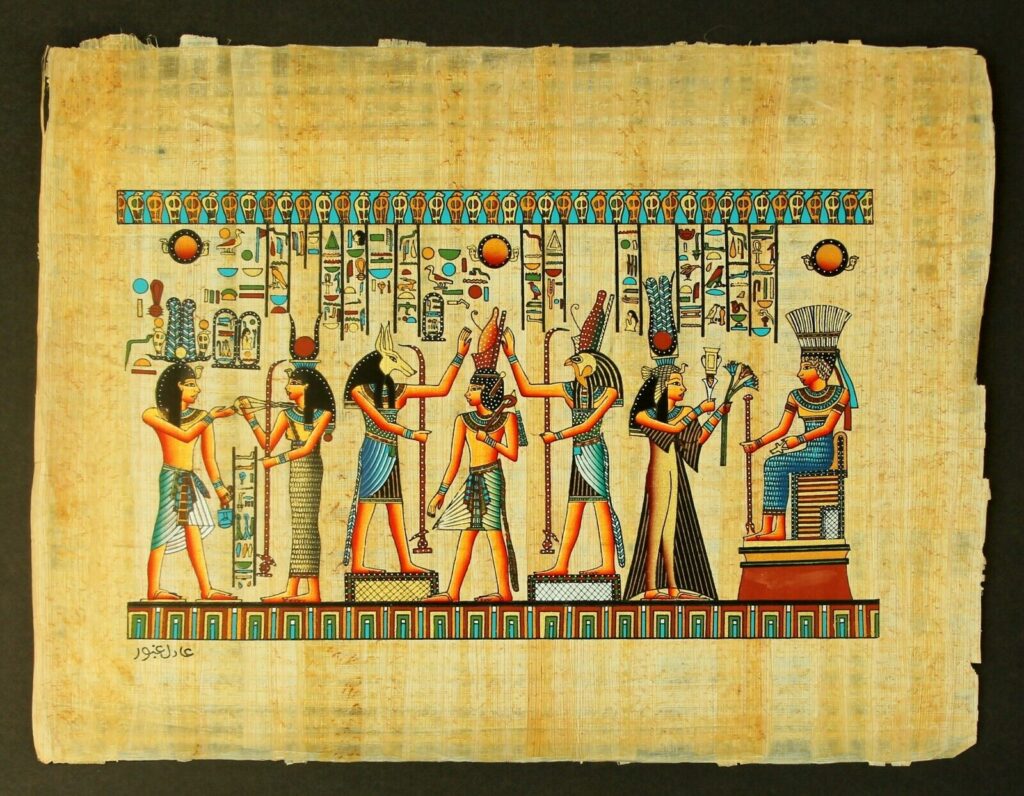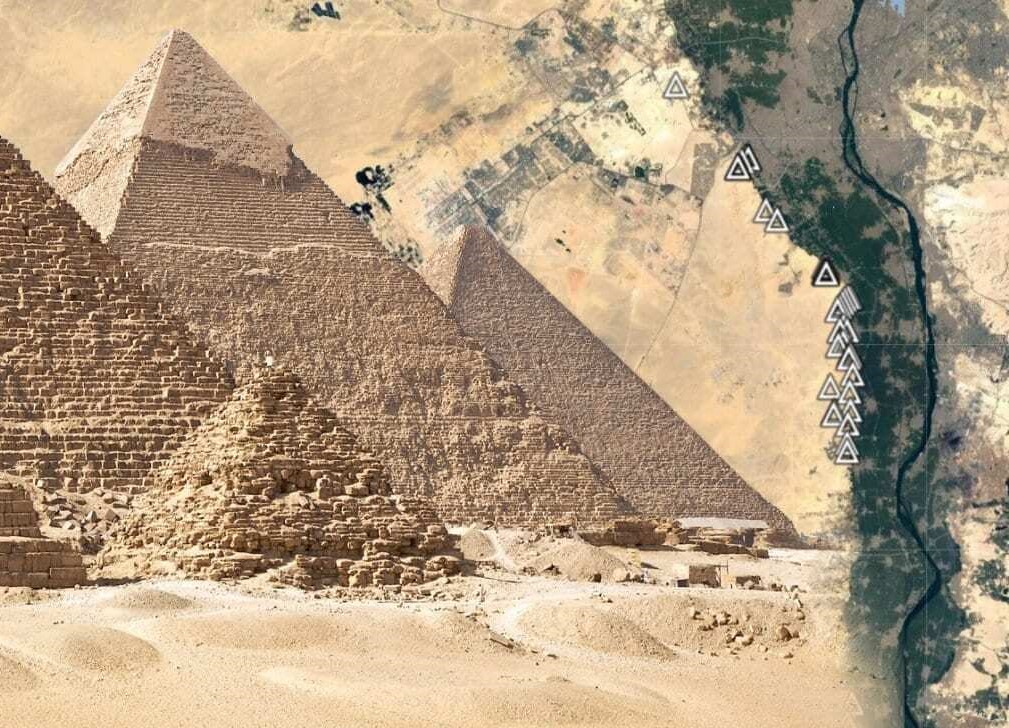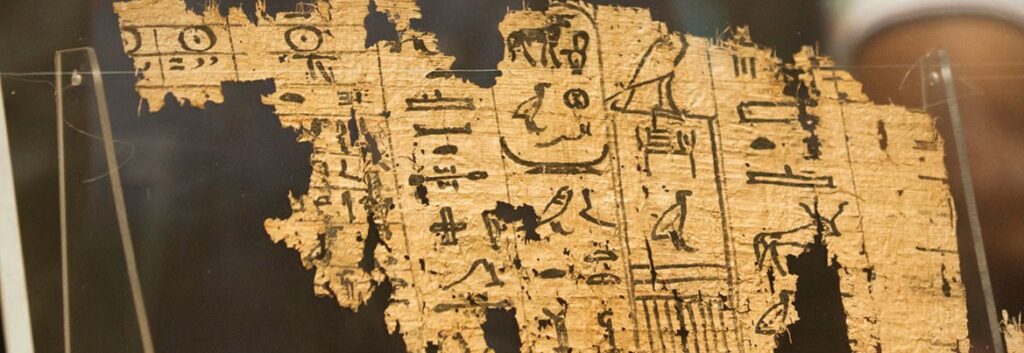
Egyptian Museum – Oldest papyrus ever discovered
Papyrus in the history
History of Papyrus
The papyrus plant, Cyperus papyrus, is a kind of wetland sedge, was used by ancient Egyptians to make papyrus paper. The papyrus plant was once covered the Nile Delta, the earliest use of it can be traced back to the First Dynasty. The ancient Egyptians also use it to make reed boats, ropes, and other daily necessities.
The texture of papyrus was not as ideal as that of today’s paper, it’s not pliable enough, and can’t be folded. It is easily damaged by moisture in a humid environment, therefore, even though the Byzantine Empire still used papyrus for important documents in the 11th century, few European papyrus documents survive to this day. In Europe, papyrus was gradually replaced by vellum and parchment as they were better adapted to the local environment. However, in dry Egypt, the cheapness and ease of production of papyrus made it the main carrier of literature for a long time.
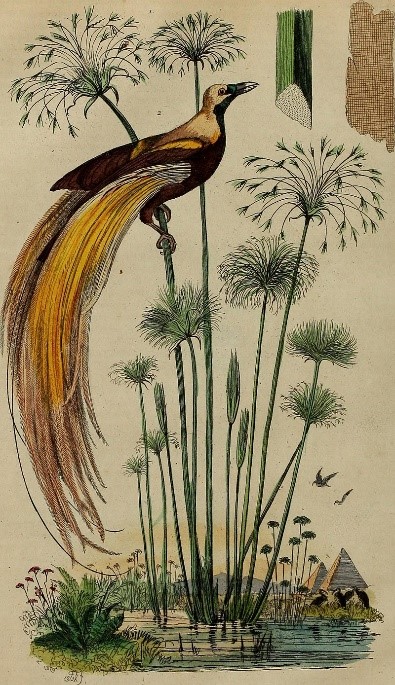
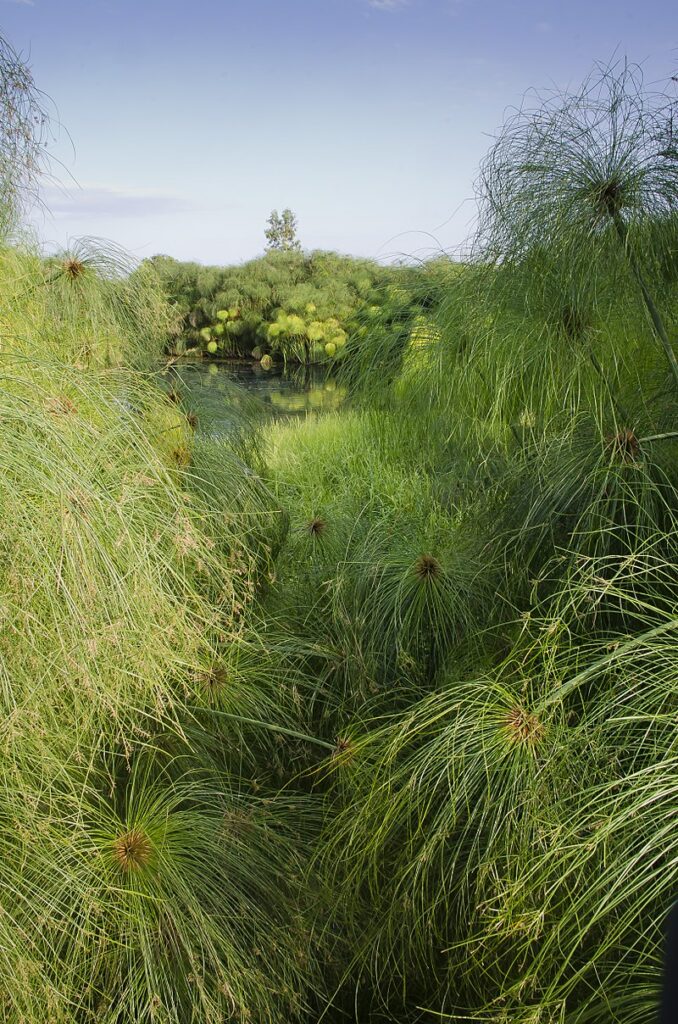
The original method of papyrus production has been lost. Through the investigation of ancient documents and the analysis of historical samples, modern people have re-inferred the method of making papyrus through experiments. The papyrus is made from the pith of the papyrus plant – after harvest the plants, the stalks of the plant was cut into 20–48-centimeter sections, then the skin of the stem was stripped off; the pith was cut into slices (or spread out into thin sheets along the plant texture structure). Papyrus strips were then soaked, crossed and overlapped, and pressed and dried to make a papyrus paper. Typically, 20 sheets of papyrus papers are glued together to make a papyrus roll.

